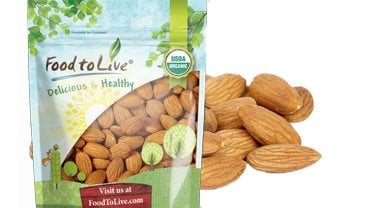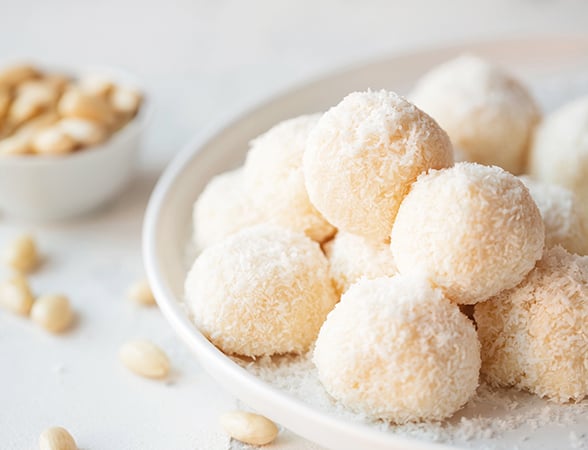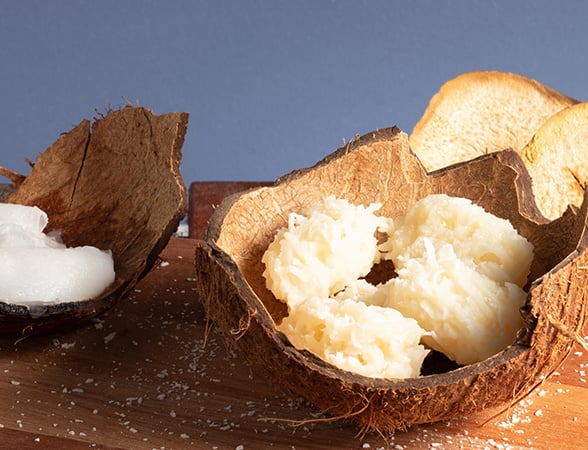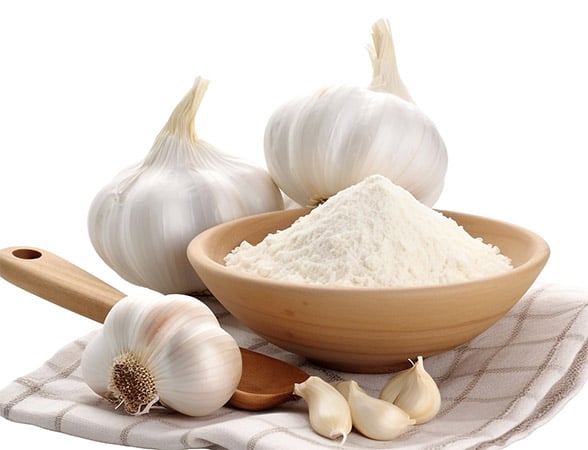May 20, 2023 · Written by Foodtolive Team
How to Blanch Almonds — The Easiest Way
Are you ready to unlock the hidden potential of almonds? In this comprehensive guide, we will take you on a delightful journey to discover the art of blanching almonds. Get ready to peel away the mysteries and embrace the numerous benefits of blanched almonds. From enhanced flavor and texture to cost-effectiveness, we’ll reveal why this simple technique can elevate your almond experience to new heights!
Blanched Almonds vs. Raw Almonds
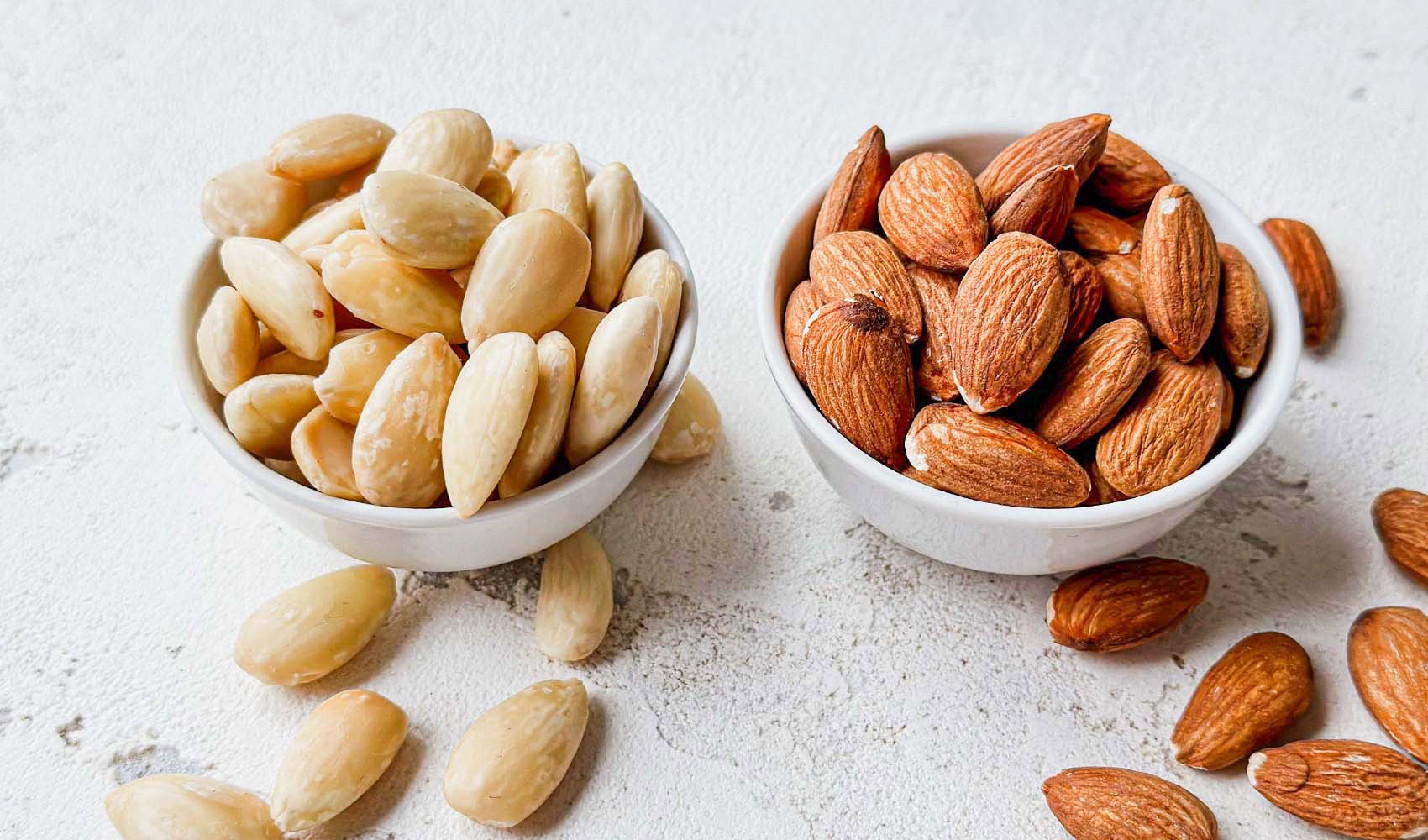
First things first, let’s clarify the difference between blanched and raw almonds. Raw almonds are almonds in their natural state, enclosed in their protective brown skin. Blanched almonds, on the other hand, are almonds that have been stripped of their skin through a simple process. The result is a smooth and pristine almond that’s a true delight to behold and taste.
Why Blanch Almonds?
Now, you may be wondering, why go through the trouble of blanching almonds when you can simply purchase them already peeled from the store? The answer lies in the numerous benefits that blanching offers. Not only does blanching enhance the taste and texture of almonds, but it also provides a cost-effective solution. By blanching almonds at home, you can enjoy the same premium quality without the hefty price tag attached to store-bought blanched almonds.
How to Blanch Almonds: Step-by-Step Guide
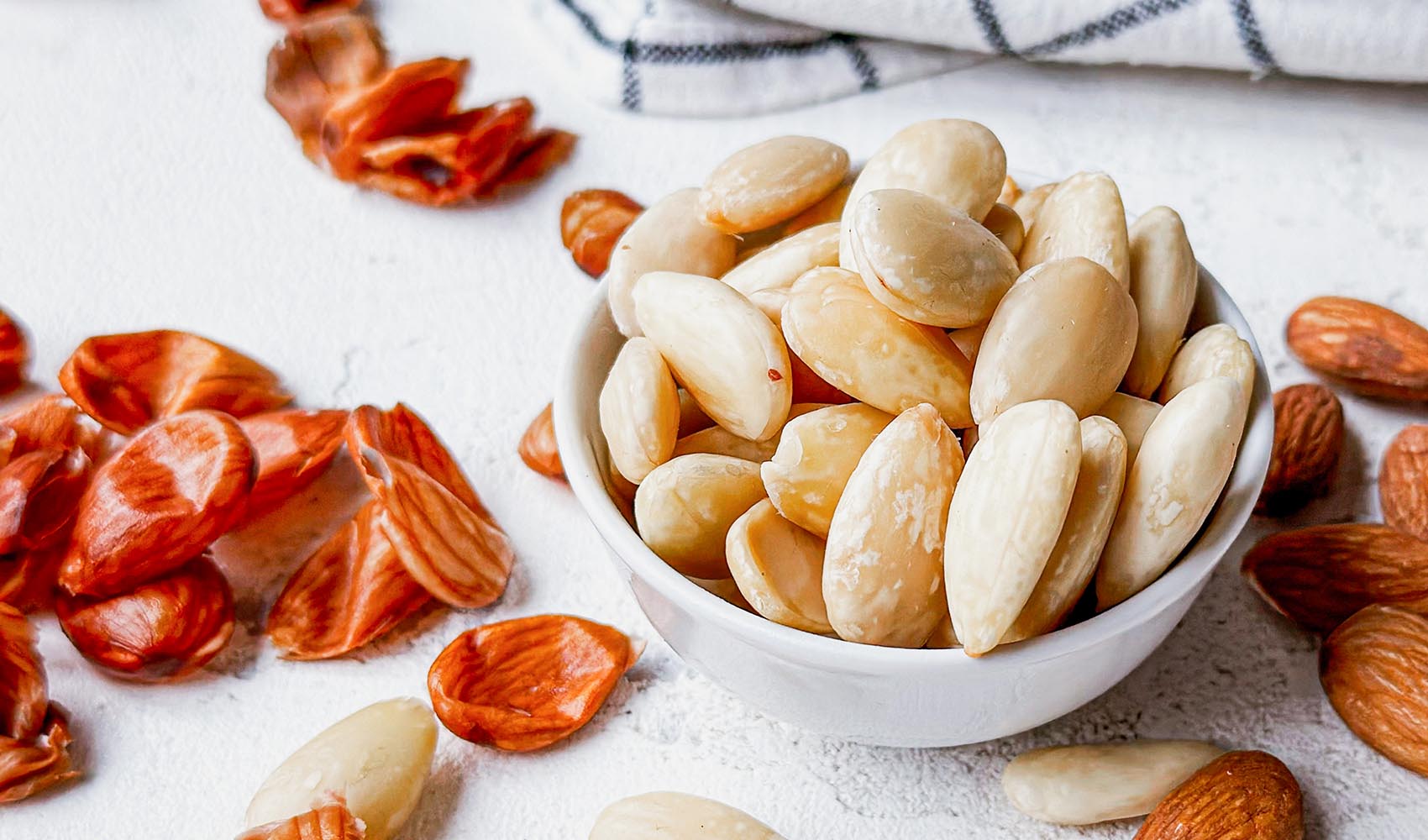
Blanching almonds is a surprisingly simple process that anyone can master. Here’s a step-by-step guide to help you achieve almond-peeling perfection:
- Boil a pot of water.
- Add the raw almonds and boil for about a minute; don’t overcook to prevent sogginess.
- Drain and rinse the almonds with cold water to stop cooking.
- Gently squeeze each almond between your fingers to remove the skin.
- Place the blanched almonds on paper towels to dry.
Ways to Use Blanched Almonds
Now that you have a batch of beautifully blanched almonds, let’s explore the myriad of creative ways to savor their delightful essence:
- Grind your blanched almonds into a fine meal to create homemade almond flour. This nutritious alternative can be used in a variety of baked goods, such as cookies, cakes, and muffins, adding a moist and delicate texture.
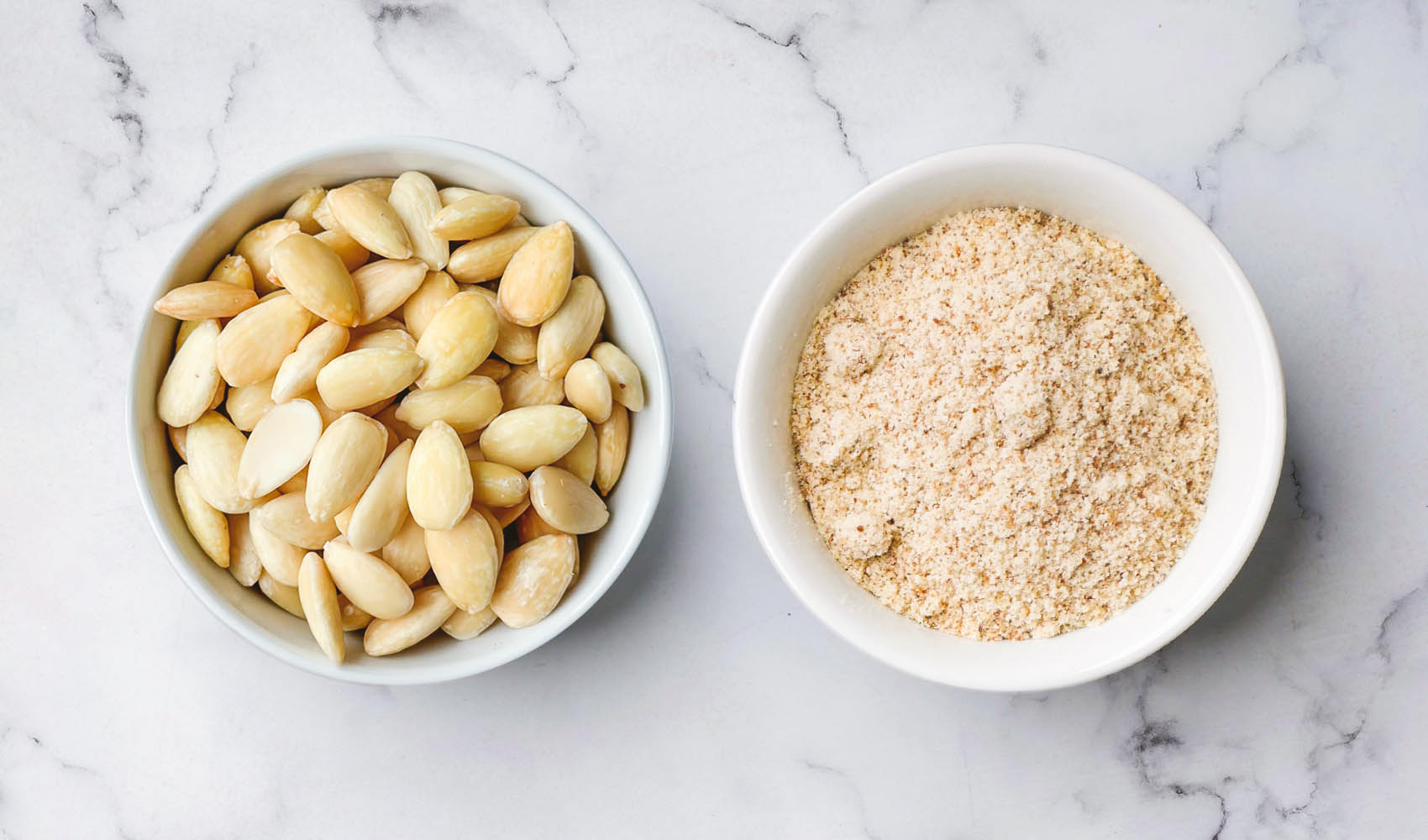
- Transform your blanched almonds into a creamy and delicious almond milk. Simply blend the almonds with water, and strain. Enjoy this refreshing beverage on its own, in smoothies, or as a delightful addition to your morning cereal.
- Blend your blanched almonds into a smooth almond butter. Spread it on toast, drizzle it over fruits, or use it as a delectable ingredient in your favorite recipes.
- Toast your blanched almonds lightly and sprinkle them over fresh salads for an added crunch and nutty flavor.
- Blanched almonds make a delightful dessert topper or decoration.
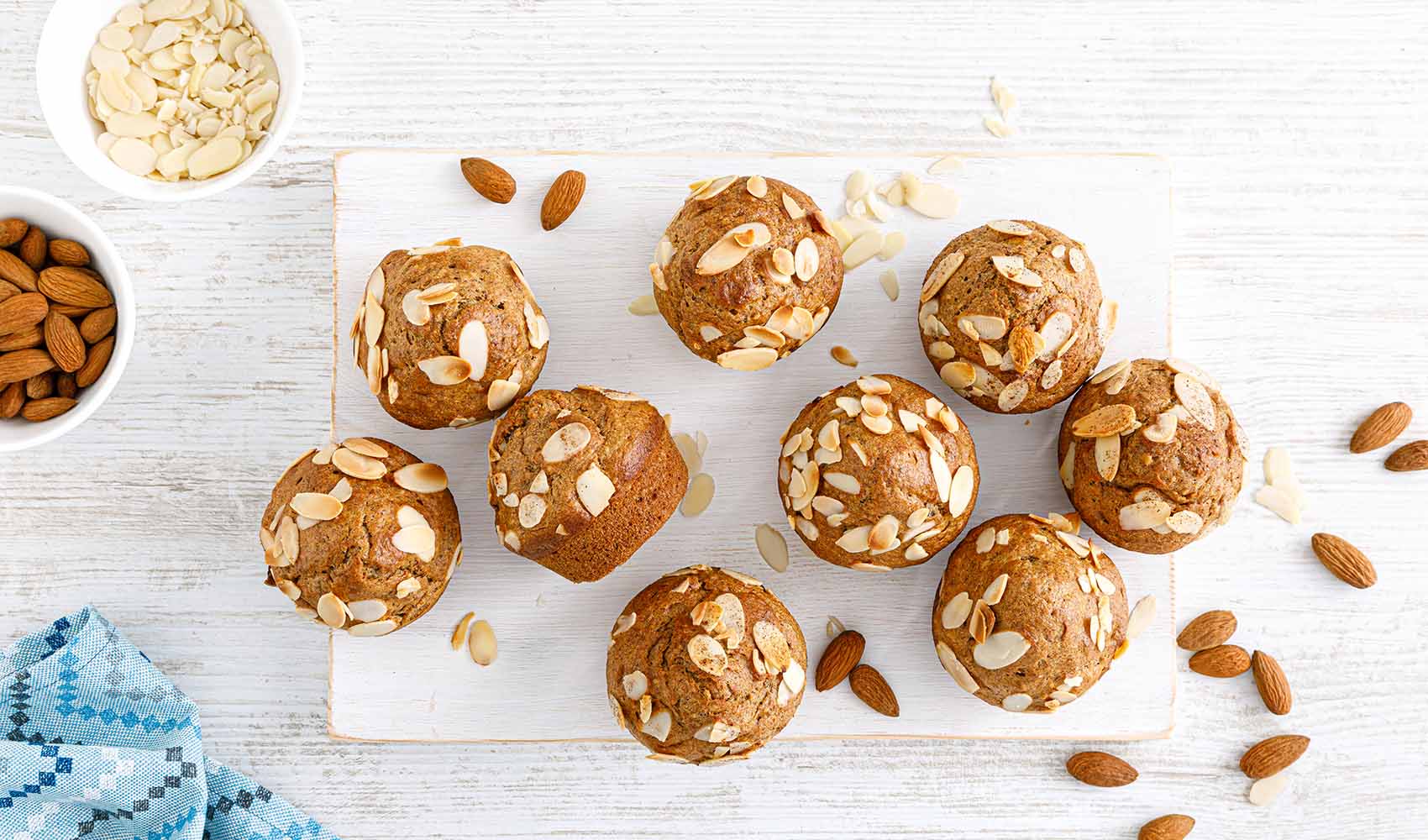
- Finely chop or slice your blanched almonds to use as a garnish for savory dishes like stir-fries, roasted vegetables, or grain bowls.
Ready to embark on your blanching adventure? Discover our highest quality raw organic almonds, that are perfect for blanching.
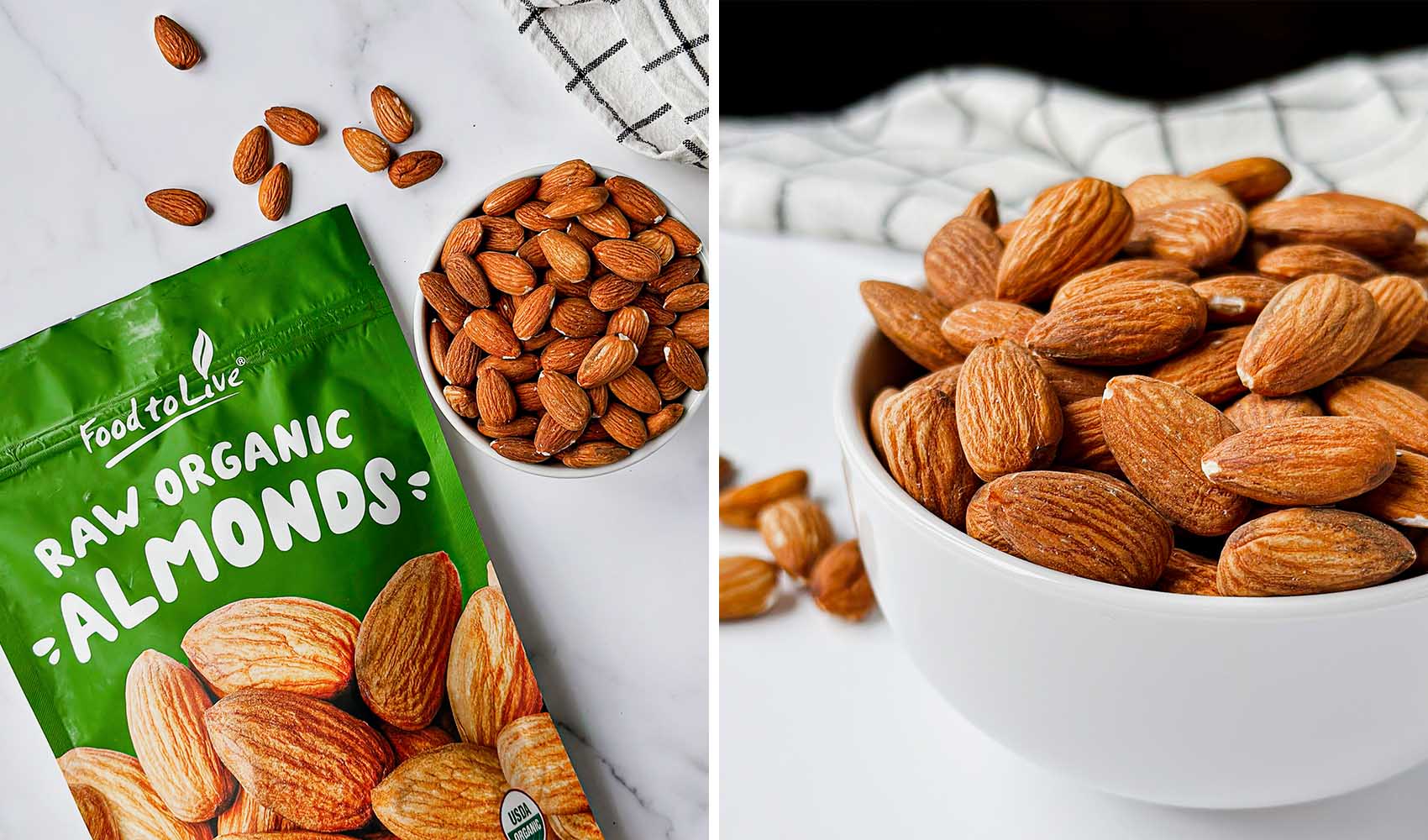
How to Store Blanched Almonds:
To maintain the freshness and quality of your blanched almonds, it’s essential to store them correctly. Place them in an airtight container or sealable bag, ensuring they are kept away from direct sunlight and excessive moisture. When stored properly in a cool and dry place, blanched almonds can maintain their freshness for several months.
Ways to Use Almond Peel Leftovers:
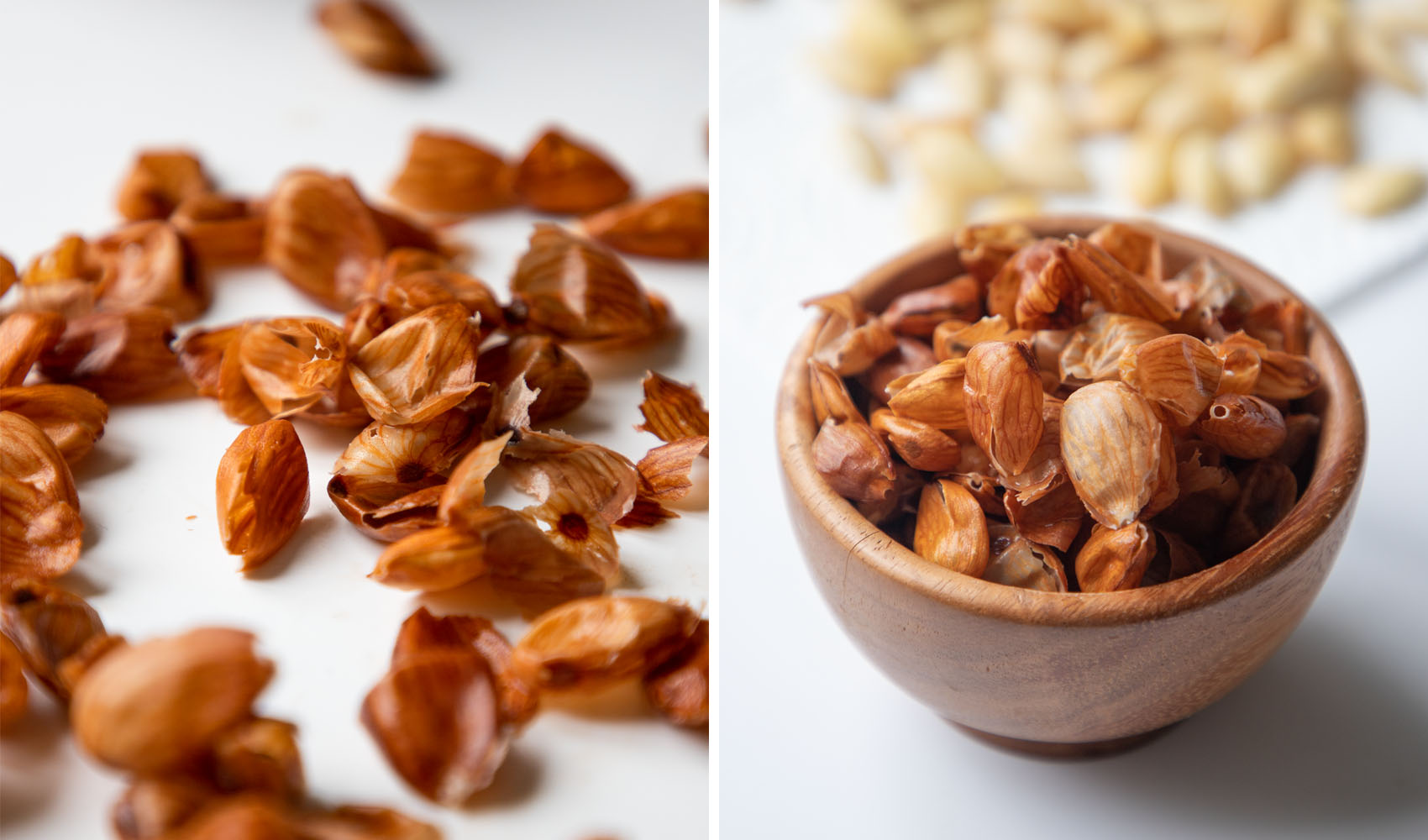
Don’t let the almond peels go to waste! Those leftover almond peels can be repurposed in creative and resourceful ways. You can use them as a natural exfoliant for your skin, sprinkle them over salads for an added crunch, or even infuse them into oils for a subtly nutty flavor. Embrace the zero-waste approach and explore the endless possibilities to make the most out of your blanching experience.
If you’re unsure about blanching almonds, don’t worry! Whether you prefer store-bought or homemade options, the key is to enjoy the flavors and benefits that almonds bring to your life.


